(Mis)understandings from the 2014 Disney Data and Analytics Conference
By Dave Shute
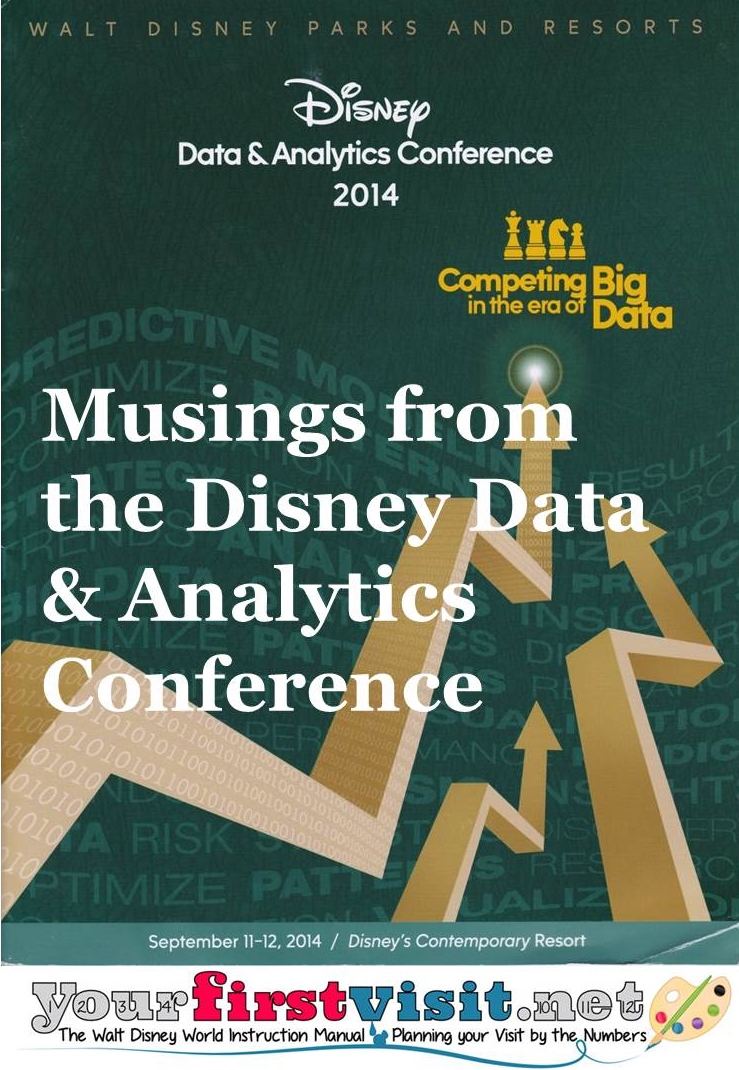
(It was canceled in 2013, perhaps because so many people who would have been involved in it were instead working to get FastPass+ back on track.)
While the conference is open to anyone willing to pay, the vast majority of attendees are Disney analytic folk and their software allies.
At the 2014 Conference in September, of the 800 or so attendees, more than 500 worked for one or another branch of Disney—particularly Parks and Resorts, but also units ranging from ESPN to the Disney Theatrical Group—the Broadway gang.
All are brought together to learn more about the use of data for business purposes, and the overwhelming attendance by Disney folk also means that you can try to infer what Disney is thinking about from the program offerings.
In 2014, the first day was Disney-only. Note some of the discussion topics (click to enlarge)–the keynote that began the day was “NGE: Leveraging MyMagic+ Data for a Better Guest Experience.” (“NGE”= “Next Generation Experience”–the overarching name of the program that includes “My Disney Experience,” FastPass+, MagicBands etc.) A later discussion was a panel on personalization. My thoughts on personalization, such as they are, in response to the 2012 Analytics meeting are here.
After that, the public sessions began—the Disney folk stayed, and were joined by data and analytics professionals from all kinds of businesses, by a number professors of management science—and by one consultant/blogger/guidebook author.
Billy Beane did the keynote that began the public session, and was wonderful. Depending on the audience member, his topic was either the use of under-appreciated data to gain a competitive edge, or about Brad Pitt, Angelina Jolie, and the filming of Moneyball, the book on the analytic efforts of the Oakland A’s. For either audience the talk was great–highly philosophical.
Then a number of breakouts and exhibit hall sessions were offered. New in the exhibit hall this year was booths staffed by Disney folk themselves—e.g. the team that builds the MagicBand near and far-field readers was there, as were some of Disney’s scientists from their Pittsburgh and other research operations.
The program from the first public day:
And from the second:
And some notes I took:
Ha! Not really…
But here are some things I thought I understood, learned or discovered over the course of the Summit:
During the course of a presentation of the analytics team behind the My Disney Experience app, one of the presenters commented that “the web page is for planning, and the app is for near-visit and in-park use.” This makes perfect sense, given the limitations of each—but I have never heard the distinction so succinctly put before. Frankly, the website is almost always easier to use, and sometimes more up to date, than the app—so it should be the first place you go for changes unless you are in the parks themselves.
Disney continues on a pathway to transform itself and use the data it is creating. One senior presenter noted that “I have frequent conversations with Bob Iger about how to create a more data-driven culture at Disney.” A much more junior analyst noted that “analytics is traditionally separate from operations, but we are seeing analytics being built into operations more.”
An example: there’s two types of MagicBand readers (or, strictly, RFID readers, since plastic tickets have RFID now too.) We are all familiar with the first kind, the ones you tap your bands on—to get into a room, to enter a park, for FastPass+ return, to buy stuff. These have limited range.
A different reader can read your MagicBand at a distance—I saw them in the exhibit hall and talked to their builders. It’s a black thingy that looks like a stereo speaker (like a small one if you are over 40, or like a large one if you are under 40). There’s more than 8oo of these distance readers at Disney World, and so far as I could tell from the conference, their promise is still largely untapped.
Take an example—Disney now can know exactly how many people are in Epcot at the beginning of IllumiNations, which of them are closer the bus stops and which are at the further end of World Showcase Lagoon, what hotels they are staying in, and which of them arrived at Epcot by bus. It can use this data to optimize the destinations of the waves of buses after IllumiNations to minimize total bus waits, but, so far, it seems in general not to be using data much this way.
(It’s using new data a bit. For example, the ability to tie a ride photo to a person comes from several of these far-field readers operating in tandem to geo-locate a MagicBand.)
Anyone who has consulted to or been a member of large organizations knows why. Operations are run by operators, not analysts, and new analytic approaches in the short run just create a burden on the operations team for their design, data gathering, testing, re-training and implementation. So almost everywhere “the way we’ve always done it around here” gets in the way of the optimal. A senior speaker noted “we create and store data on a bet that it will have value in the future,” and that future has not yet arrived.
So despite all the changes from FastPass+ in the last year, none of us has yet experienced a Disney World visit fully informed by data…this will come, but it will unfold in parts and pieces, over time.
By the way—the data Disney will use to work all this is not stored on your MagicBand.
Your MagicBand has two identifying systems, one for secure nearfield transactions using your pin, and the other for non-pin near and far-field transactions like entering the park.
MagicBands and their nearfield readers query each other to make sure they are communicating with authentic Disney devices, and then the only info grabbed by the system from your band is an alphanumeric code. The code is then pulled into Disney’s databases behind the scenes, and it’s those behind the scenes secure databases that have all your relevant data—for example, matching who you are to a valid park entry to a valid FastPass+ at that time, and then communicating back to the operating systems to make the FastPass+ reader turn green.
So while hacking of the behind the scenes databases is always possible, snatching your ID off your MagicBand is both hard (because of the validation handshakes) and also not even important, as all the bad guy will get is the alphanumeric identifier, not of much use without access to the secure behind the scenes databases.
But still, for this data to be useful Disney needs to know you are you.
Someone who has not been involved in creating a data warehouse would be astonished at the kinds of issues that emerge in them. The most profound of these is a single nomenclature—having a single and unique code that applies to a single and unique concept, and links all of the interactions of that concept within the system.
Take who you are. I have had many interactions with Disney over the years, using many variants of my name (“Dave Shute” to “David H. Shute” with other versions and typos in between), many credit cards, several different phone numbers, different email addresses, different physical addresses, etc. Plus, shockingly enough, there’s a lot of guys who have my exact same first and last name.
Now Disney has a better chance of improving my experience and lightening my wallet the more it knows about me—but it needs to know it is talking with me, despite whatever email, phone number, credit card, or intentional or unintentional name variant I am using!
The beauty (from a a data warehouse point of view…) of My Disney Experience and MagicBands is the much richer, more accurate, and more specific association of my identity with my touch points with Disney World—both in the planning process and at the resort.
It’s this much tighter linkage of identity and experience data that powers the whole potentiality of the NextGen project—not FastPass+, which is simply the hook that makes us willing to allow Disney to capture this connection of identity and experience.
Identity raises fascinating issues in other contexts as well. Most profound among them is the misleadingly simple question of “what is the product?”
Take a simple example. Under traditional management approaches, “Frozen” is the overarching brand, which then has sub-brands of all the characters in it, some of which cross to other brands—e.g. Anna and Elsa work both separately and as a pair of sisters, and work both as Frozen characters and as part of universe of “Disney Princesses.”
But say you had dolls for all the major characters for single unit sales, and wanted to know how to optimally group them for package sales. You could guess based on rules of thumb, heuristics, and standard literary analysis.
Or you could use data. With enough sales, purchaser identity data, and analysis, you could identify which subgroups of characters are bought by the same family—e.g. just as a made-up example, you might discover that Elsa is often bought alone, but rarely Anna alone—that Anna is sold most often with Elsa, or with Kristoff, yet all three are rarely bought together.
This analysis begins to accurately define the higher order groupings of the components of the offering which otherwise would take mind-reading, some of which will be obvious but some of which are likely to be novel. That is, it helps identify and define the actual products as customers see them in their own minds…
Take this analogy to the parks. We think of there being parks, and within them lands, and within them attractions. We know that in general some attractions are more attractive to definable demographic groups than others—especially by age. But everything is much more subtle and various than that. With the data becoming increasingly available to Disney—plus some guest surveys—all of the different ways that the parks are experienced, and how pleasing they are, can be used to more sharply understand—and manage to– all the different “products” actually offered.
But first Disney needs to start using much more the data it’s already collecting from the far-field readers!!
Follow yourfirstvisit.net on Facebook or Google+ or Twitter or Pinterest!!

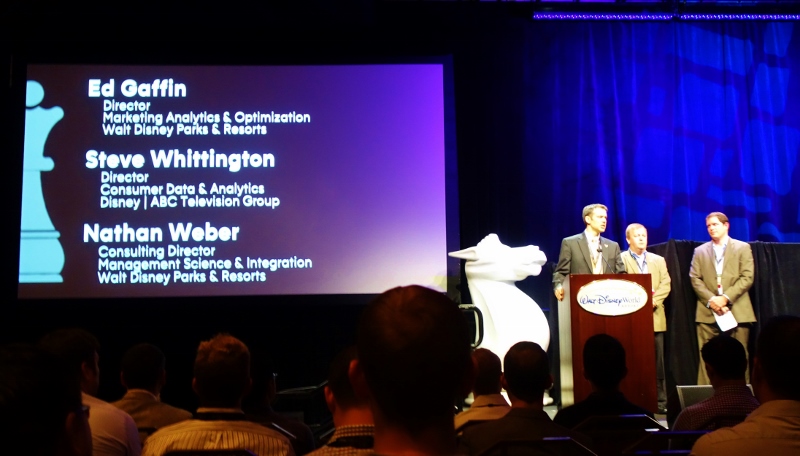
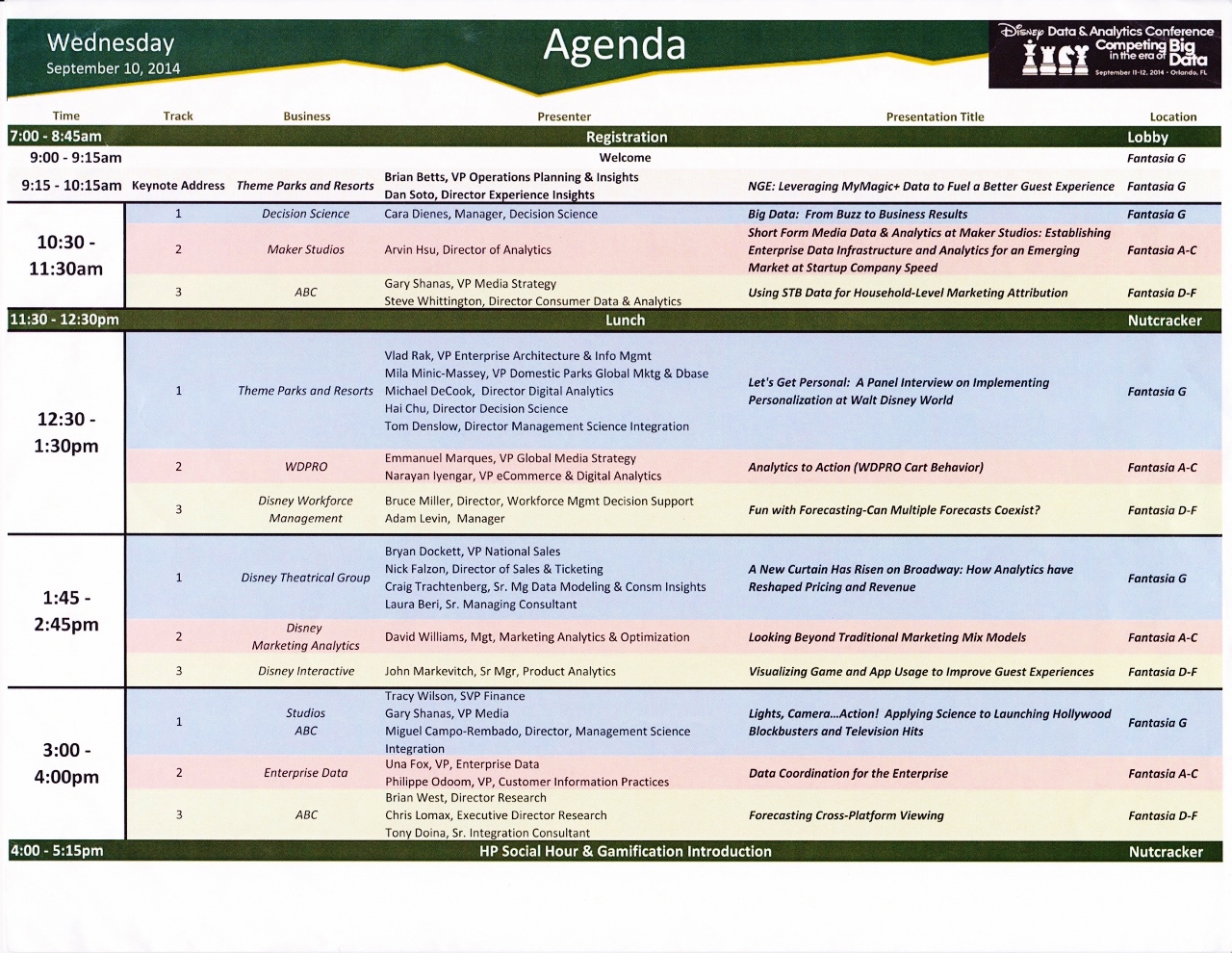
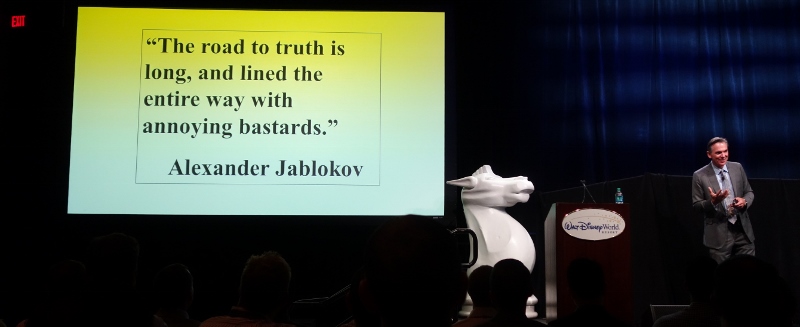
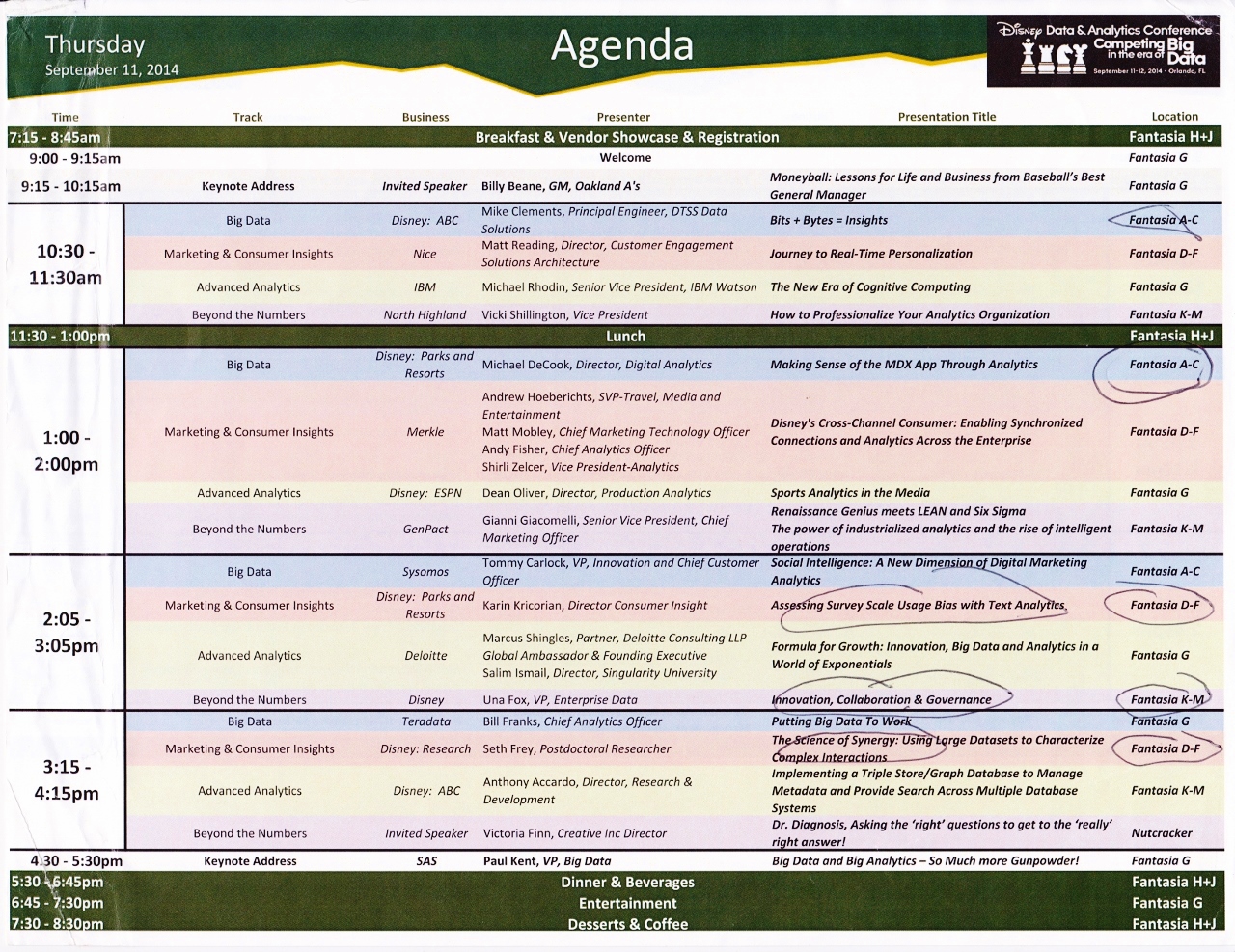
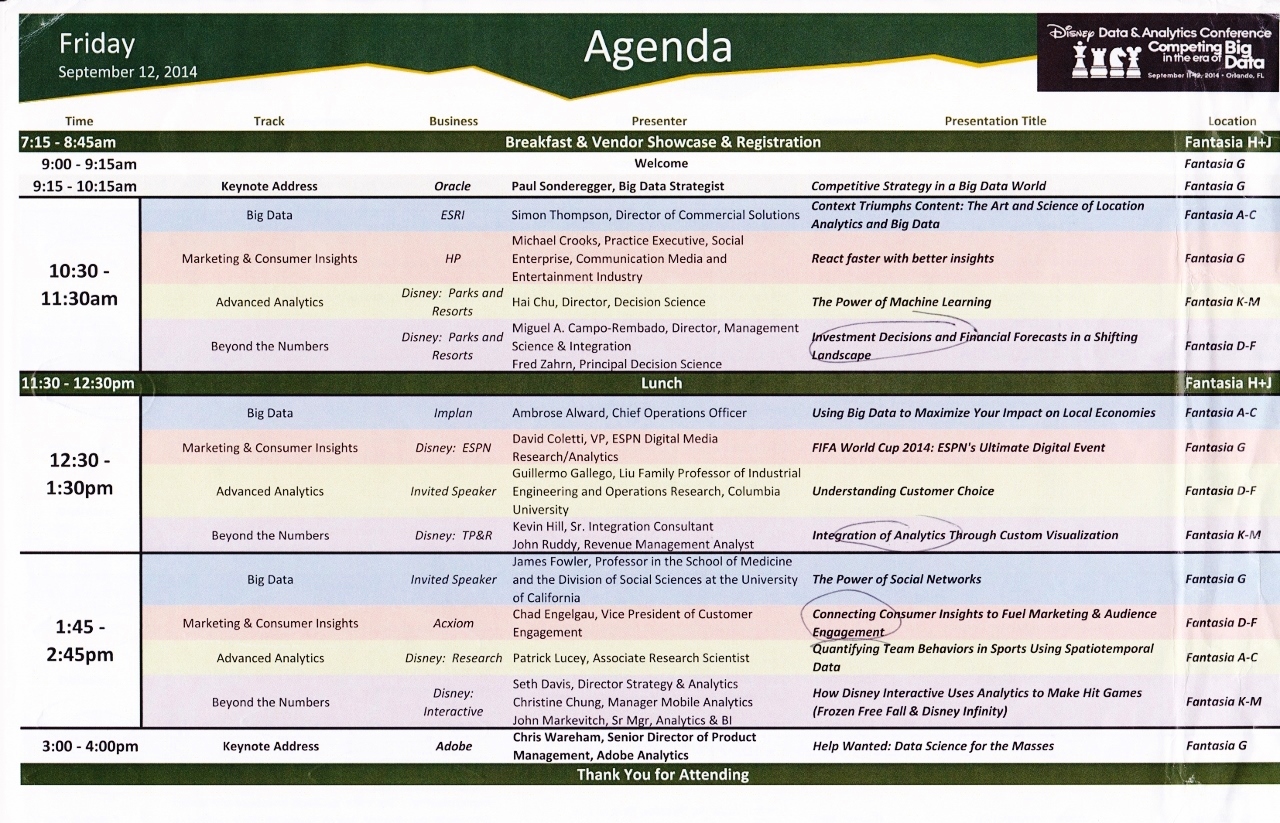
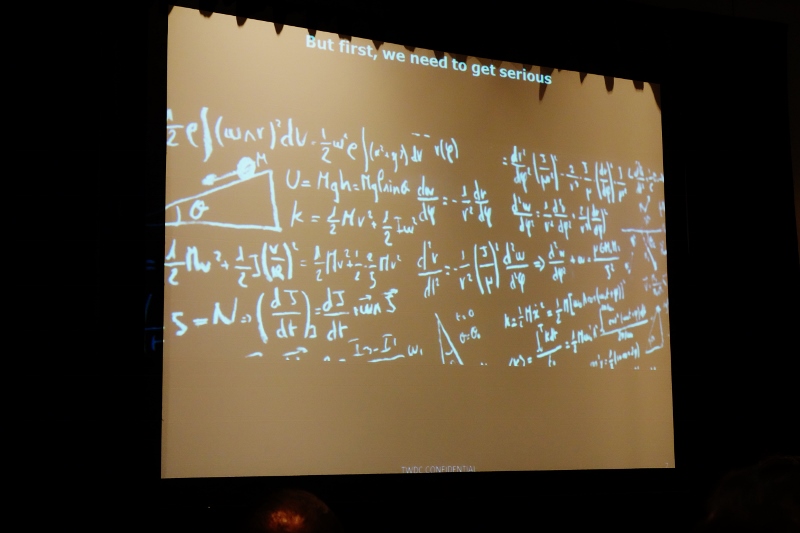



22 comments
Thank you for sharing this information! It’s really fascinating and I had been curious/concerned about what info the magic bands actually contained and I’m relieved to know it’s just an ID code 🙂 Awesome site too, btw!
Thanks, Jenny!!
Great Post Dave, I loved it.
I look forward to seeing how the future will evolve at WDW.
We’ll have to meet up again at WDW and topics like this would be great to discuss over a Starbucks, or adult beverage.
Love to, Steve! When’s your next visit? I’ll be there early Nov, mid-Dec, and the end of Jan/beginning of Feb (at Shades with my Dad)
Thoroughly enjoyed this post and the personalization post.
Thanks GrumpyDad!
Great post Dave!!!!
Very informative and has you thinking. I suspect that for all the belly-aching about MM+, we’re going to see the system start to do some pretty unique things. Already, the iPad linkage can allow character attendants to tell characters that Princess Suzy has met their friends, Princess Ariel and Jasmine, and now the character has something to talk about with Suzy, like how great friends she is with Ariel, they sing together often.
Data is an incredible thing, I can’t wait to see it put to better use.
Agree, Amanda!!
this may be the first time I’ve ever read something that combined Disney with my field (business analytics). Thanks for this great insite.
Thanks Terri!!
That was quite interesting. Thanks for writing it up!
Thanks, Neffernie!!
Very interesting. Thank you for posting it.
Thanks, Julia!!
HI Dave – Great article.
As someone who does not own a smartphone (I do have 4 kindles), I think Disney is alienating a lot of loyal older customers. They have invested their money in maximizing their overcrowded parks by trying to equalize the attractions. To me it is insane to try and predict (and control) what I plan to do next when at the park but it will keep the number crunchers employed. Until Disney has more “experiences” – attractions, characters, table dining seats, show seats, souvenirs (specific or even personalized) then the ability to herd guests will not succeed except to trick people into thinking they are having a magical experience. For years I complained about how badly Disney handled one of it’s most important assets photography of the parks and patrons – they have come up with a solution but at an exorbitant price. It still amazes me that Disney was surprised (unprepared) for the success of Frozen – where were the analytics for parents searching for dresses, etc. – or could they just not design, manufacture and deliver the goods quickly enough – pay attention to the early numbers on Big Hero 6.
As to bus riding, are there sensors on the buses, or are they depending on the far-reaching sensors. It sure would be nice if they were monitoring the fact that I am leaving a park and walking towards the bus lots … and they send the correct bus for another park or my resort in a timely fashion to improve my experience.
All of this reminds me of the movie Minority Report where the shopping street personalized message to Tom Cruise as he ran through the street and stores and even the signs on the ship Wall-E that seemed to be to know who was passing them.
Thanks Hoosl. Not having a smartphone does make in-park changes more of a pain.
This is a pretty cool post. I work in IT and Big Data is a new buzz term and it’s interesting to see that while we are generating enormous amounts of data everyday, organizing it and putting it into context is critical. There are endless numbers of ways that the data can be used for improving the guest experience as well as for merchandising, marketing, etc. Happier guests spend more money and that’s what it’s ultimately about right? The geek in me wishes there was more info like this available to the public about what is going on with NGE.
Great article – the example about bus scheduling after IllumiNations blew my mind! I suspect that after all is said and done, the MM+ investment will pay dividends in dozens of ways that the average park guest (and even those of us who follow things closely) will never know. I know that solving logistical issues like this is just one hypothetical example, but the fact that these kinds of things are being considered is enormously welcomed.
thank you it appears it is just the start of what the magic band can do.
Hey Dave, have you attended another conference like this recently?
The last one I attended was 2016, and I didn’t find anything compelling to write about from it. That might also have been true for the 2015 conference, now that I think of it. In 2017 I had a family conflict, and have the same problem in 2018.
Thank you Dave.
Leave a Comment | Ask a Question | Note a Problem